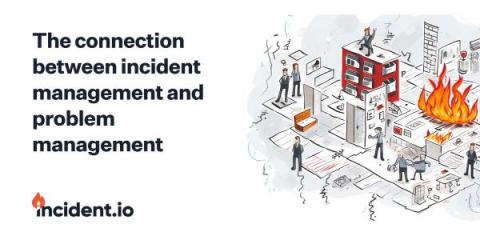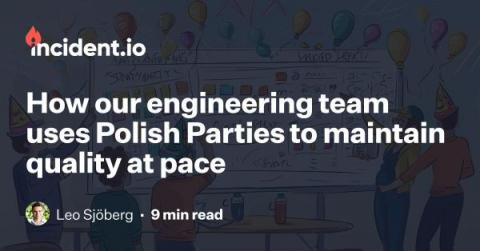The balancing act of reliability and availability
As consumers, we expect the products and software we buy to work 100% of the time. Unfortunately, that’s impossible. Even the most reliable products and services experience some disruption in service. Crashes, bugs, timeouts. There are a ton of contributing factors, so it's impossible to distill disruptions down to a single cause. That said, technology is becoming more and more sophisticated, and so is the infrastructure that supports it.











